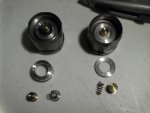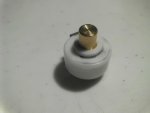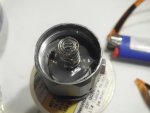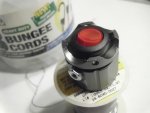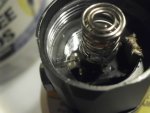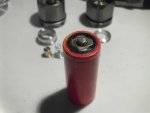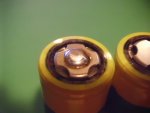Benm
0
- Joined
- Aug 16, 2007
- Messages
- 7,896
- Points
- 113
Resistance in mechanical contacts like battery springs, but also switches and plugs, is always a tricky thing. One important factor is contact pressure, i.e. it helps if there is a lot of force pressing down on the battery.
On higher currents (over, say, 1 amp) its not unusual for the contact resistance to be quite high when you just insert the battery, but it will get much lower once you turn the device on. The contact resistance causes local heating which can sometimes more or less solder itself in place. This usually isnt visible or noticable when you remove the batteries, but it does happen on a microscopic scale.
You can try measuring the resistance before and after turning the laser on after you inserted a new battery.
On higher currents (over, say, 1 amp) its not unusual for the contact resistance to be quite high when you just insert the battery, but it will get much lower once you turn the device on. The contact resistance causes local heating which can sometimes more or less solder itself in place. This usually isnt visible or noticable when you remove the batteries, but it does happen on a microscopic scale.
You can try measuring the resistance before and after turning the laser on after you inserted a new battery.











